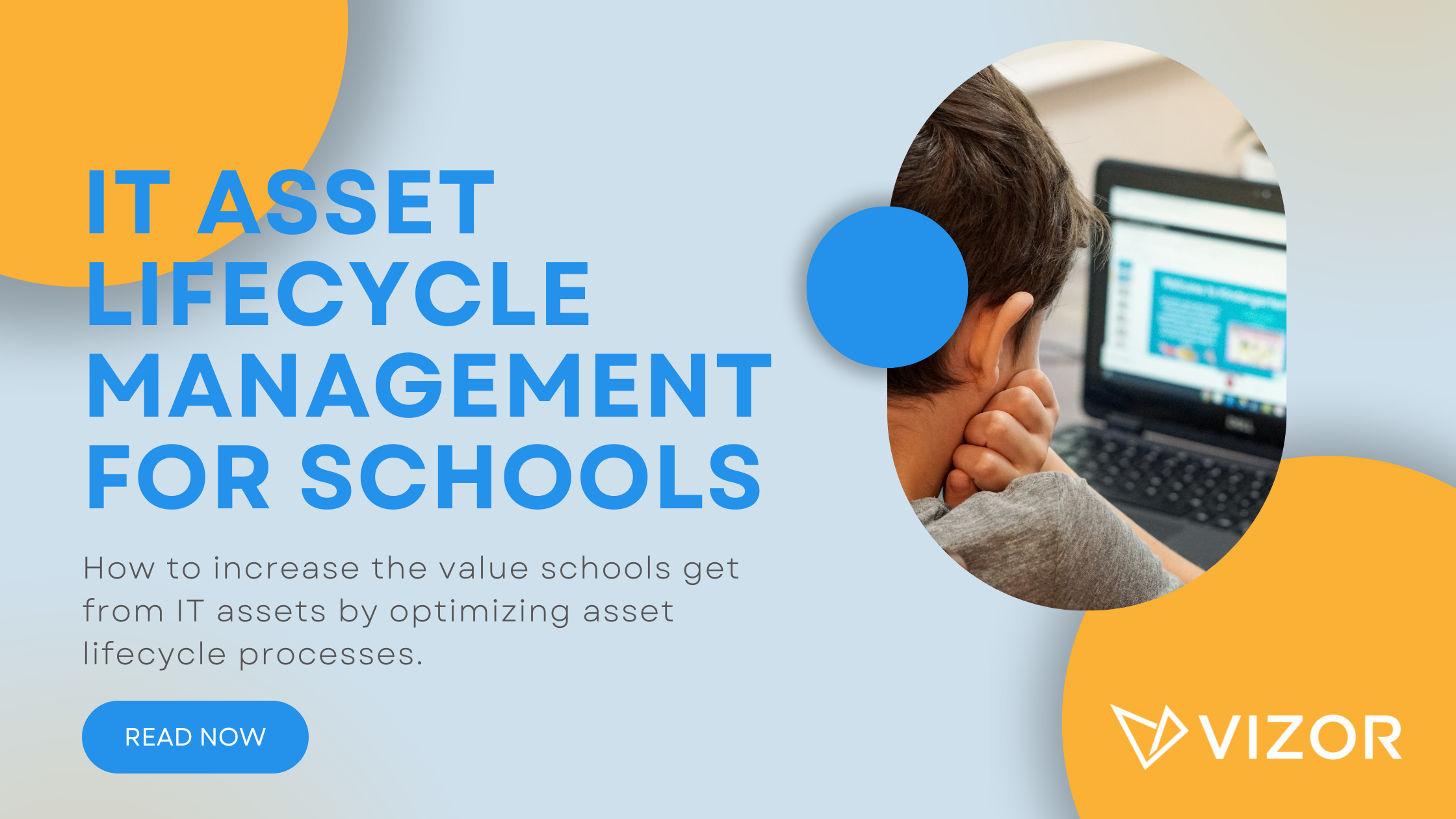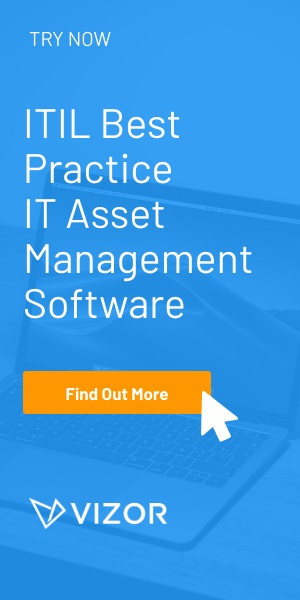3 Reasons You Need ITAM for Asset Requests
As part of our “SCCM is NOT Enough” blog series, let’s review the first stage in an asset’s lifecycle: Asset Request.
SCCM identifies the number of computers you have but does not have the functionality to properly manage who needs what. As a result, organizations using SCCM should also use an ITAM tool to streamline the processes in this stage. Instead, they often waste time by using email to ineffectively manage employee asset requests.
It is worth noting that larger organizations usually use SCCM. Receiving asset requests via email from hundreds or thousands of employees is not ideal. Then follow up questions can get lost in email threads. This task can take a lot of man-hours resulting in frustration for both employees and IT.
1. How to enhance the asset request stage: centralize information
In an ITAM tool, not only do you have access to all your IT asset information, but also all relevant employee data. In other words, the tool compiles the data from your SCCM solution and employee information in the one ITAM tool. This centralization of information allows IT to streamline the asset request process.
The outcome of centralizing information in an ITAM tool
To demonstrate the benefits of centralizing IT information (combining information from SCCM, spreadsheets, other tools), we are going to present you with a simple example. For example, when an employee asks for a software application, you can:
- Check which computer that person is using
- Check if the software is already on the computer
- Identify whether the company has extra licenses to this software
- Check the person’s entitlements (i.e. other software)
- Determine what department he or she is from
- Check the employee’s status & their priority level
- Check the budget of this department
- Keep track of who has access to what assets
- Keep track of where physical assets are located
- Set off a chain of approvals (explained later)
An ITAM tool gives you a fuller picture of the request without the need to follow up questions. Thus, it saves time and manual labor to get the software or hardware to the employee.
2. Now let’s take it one step further: Request portals
Most ITAM tools have a request portal. This is an area where IT can set up a catalog of assets employees can request, already approved by your organization. To ensure all required information is collected at the time of the request, there are specific forms attached to different requests for each asset type. For example, a form for a new computer may be different from a new software request. They can be attached to each asset type for the employee to fill out. As a result, you get the information you need right away.
3. Another benefit of using ITAM: Managing device circulation
Many organizations lend devices to employees. This can include borrowing a laptop, tablet or cellphone. Typically, IT must track who borrows which device and when it is due for return. Employees are held accountable. It also helps reduce any security risks. It also helps IT maintain control of the devices belonging to the organization for it is their responsibility for the distribution and keeping them safe. ITAM tools can streamline these processes and track the program’s success regarding borrowing, maintenance, repairs and solving incidents.
SCCM does not track the status of your assets. But how do you know how many computers can still be distributed? How many are still in repair? How many do you need to retire? This asset inventory information is important for forecasting costs and budgeting. Assets account for a large part of financial statements. How are you providing the right information to your organization? ITAM tools can help mend the gap in information.
Chain of approvals
As mentioned above, ITAM tools can also set off a chain of approvals. Many organizations require requests for new assets that they do not already own. Or organization policies request management approval before the request can be fulfilled by IT. This commences an approval process. ITAM tools, like VIZOR, is set up to make it easier for you. The following are specific approval options in VIZOR:
- Simple approval: Sends approvers emails giving them the details they need to approve a request directly from the email.
- Many approvers: If there are many possible approvers for a request, VIZOR can send it to the potential approvals. After the request reaches the minimum number of approvers, it automatically goes to the next step. For example, after the Line Manager approves of potentially very expensive software, the organization may want the Director’s approval. VIZOR would automate this process based on your workflow configuration in the tool.
- Internal IT process: If the approval has gone through the process and is now up to the IT to take care of fulfillment, VIZOR can delegate the task to the appropriate technician based on technical expertise and available resources.
- Updated request info: The approvers, who already saw the request, receive any updated information in the request automatically.
- Email reminders: Enough chasing people to get approvals! VIZOR has email reminders already set up. Thus, efficiently moving the process forward.
Summary
Overall, SCCM needs help in managing asset requests. ITAM solutions streamline the first stage of an asset’s lifecycle. Integrating an ITAM tool with SCCM helps streamline the asset request and approval process. As a result employees requests are fulfilled faster and IT has better visibility on asset inventory and budgeting There is less manual work and less reliance on people to remember to follow up. Are you ready to be more efficient?
Wondering about how you can enhance your solution? Get your free SCCM Assessment to see how an ITAM tool can help you. Sign up here.
Need a IT Asset Management Tool?





